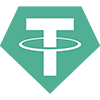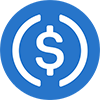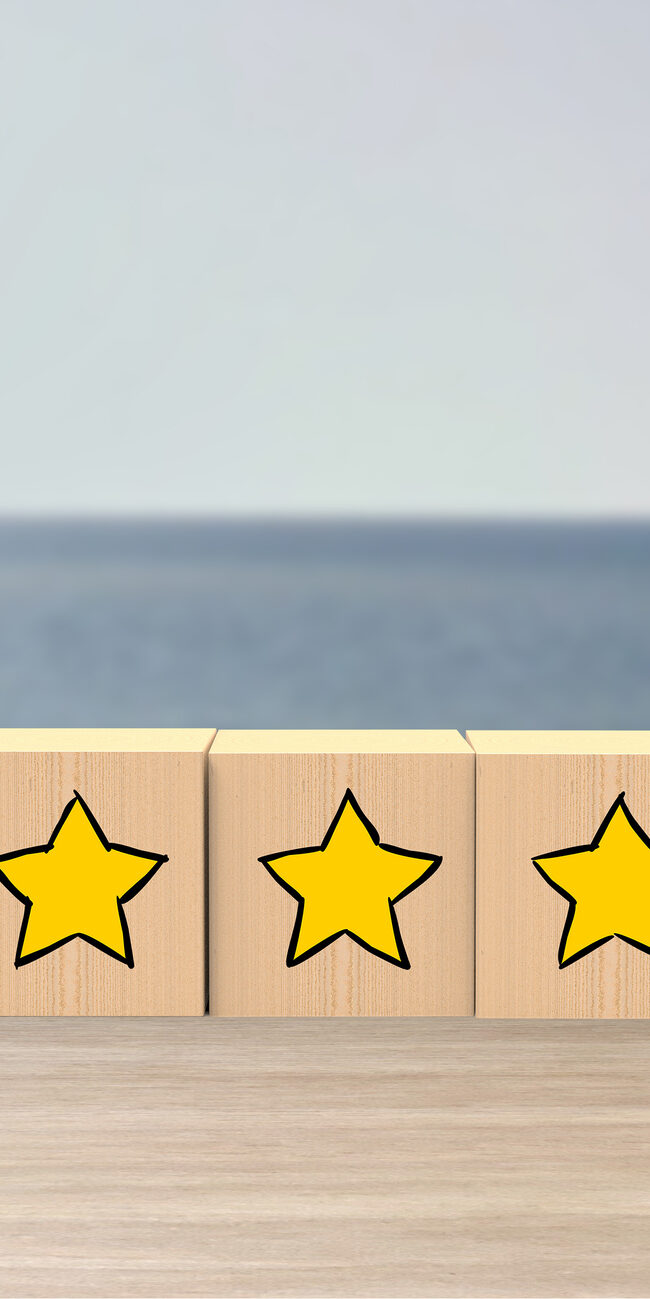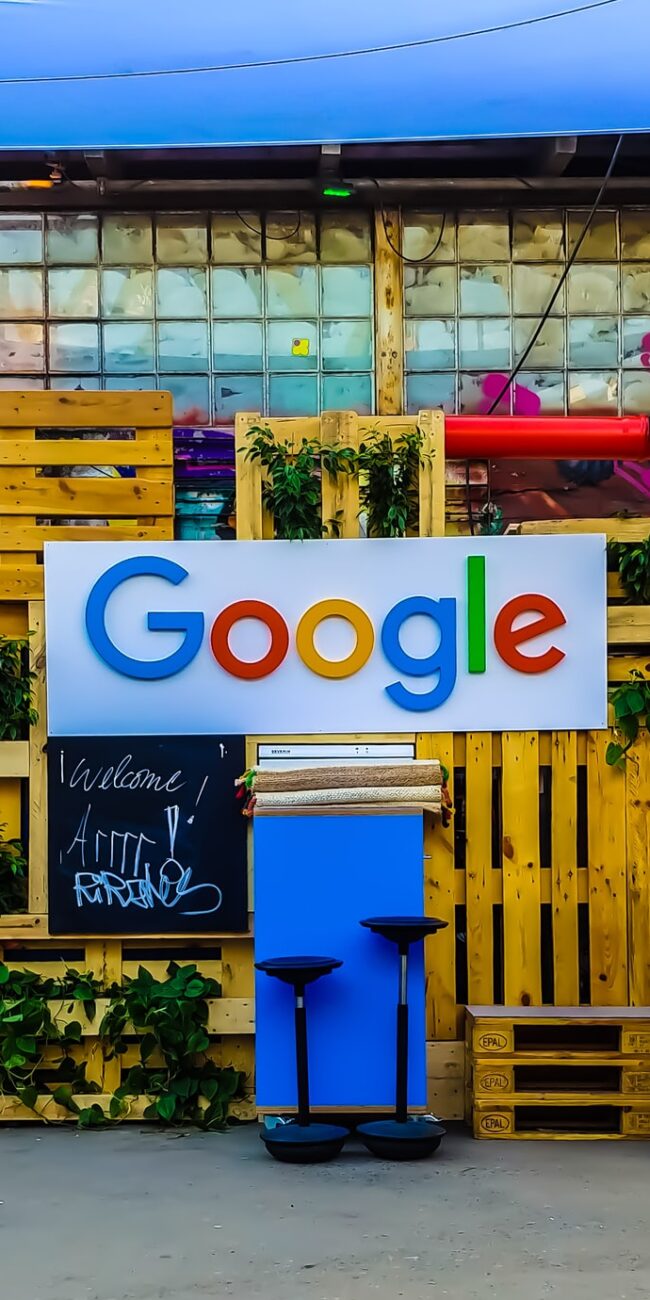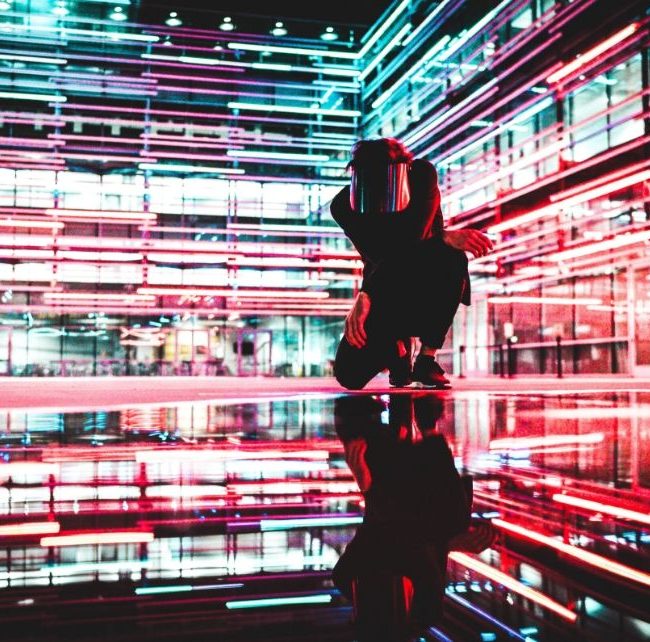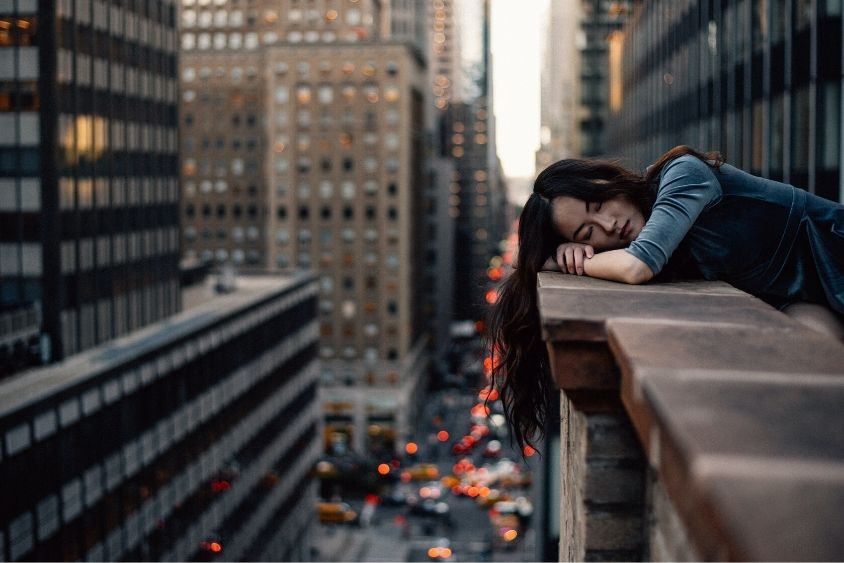
How circadian rhythm is making a breakthrough in wellness organisations
The world has never been so obsessed with sleep. What was once considered a natural part of life’s rhythm has spawned an entire industry dedicated to this activity. Our ancestors simply waited for the light to fade then drifted off until we rose with the sun the next day.
Today our world is designed to keep us awake. As a result, we now hunt for solutions to regain the rest we so desperately need. The “sleep economy” grows every year with billions spent on smartwatches to track our sleep, mattresses designed to enhance sleep, natural supplements, pharmaceuticals, and diets all created to give us the best rest of our lives.
People have become so concerned with getting a good night’s sleep they have developed “sleep anxiety”. It would seem the more we problematise it through our relentless pursuit and tracking of our sleep the less we have of it. We are overwhelmed by the sheer number of things we can buy, read, try, or take to address the problem, but nothing seems to help, on the contrary, it is making it worse.
How are you, as a business owner in the industry keeping up?
So, what are we to do? More importantly, what can business in the wellness industry do to be a part of a movement to improve the sleep health of their customers? Hotels and retreat centres, lighting and technology companies, wellness organisations, sleep specialists, and others can play a part in restoring healthy sleep to an exhausted population.
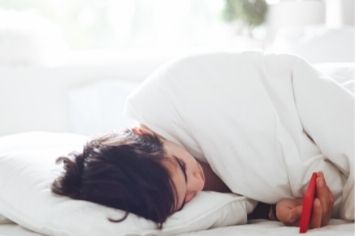

While the last few years have seen the engagement of technology to solve sleep problems, it may be more helpful to look back to a time before so much technology ruled every hour of our lives.
The ability to regulate our sleep patterns is built into our human biology, this is based on a natural 24-hour solar cycle. For centuries, our sleep patterns were shaped through daily exposure to natural light and the absence of that light. Natural light and dark periods with often imperceptible shifts in light colour and intensity throughout the day guide our bodily functions in ways we are only beginning to understand.
This natural approach to the function of the human body is called circadian biology. It covers more than just a circadian rhythm of sleep. Circadian rhythms control our metabolism, immune system, and even reproductive system, disrupting them can create systemic imbalance. Understanding this science will be the key to finding a better way to handle sleep problems facing millions.
Why does this matter to me?
Circadian rhythm disruption
Even before the arrival of television, the internet, portable devices, and social media, humans were already beginning to tamper with the natural rhythms of our bodies. The introduction of the electric light bulb allowed us to begin our days earlier and end them later.
Dawn and dusk virtually lost their meaning. As indoor and outdoor lighting became less expensive and more available, work and social life stopped conforming to natural circadian rhythms. Eventually, night shift workers began to reverse their sleep cycles completely. Now, there are even more things to disrupt our natural rhythm.
Few people have jobs that stop when they clock out and get home, meaning we often advent into the night and wake before the sun. With an unlimited amount of streaming entertainment, 24-hour news, and social media, we expose our eyes to light from the moment we wake up until the moment we try to often unsuccessfully, fall asleep.
Since we have already set aside any concept of day-night rhythm, the commercial marketplace has made everything we could need available at any moment with supermarkets, department stores, home improvement warehouses, and even gyms open day and night.
Getting back to circadian rhythm sleep
People are certainly trying to lessen the impact of all of these sleep disrupters. We try adjusting our devices to reduce blue light. Some people are shutting off their devices a little earlier in the evening, removing the television from the bedroom, or keeping the lights low in the evening. These are helpful but don’t get fully to the core of the problem or solution.
The real answer to sleep problems is about creating and maintaining a stable rhythm of light and dark exposure. It is like going back and trying to recapture the rhythm that was provided to us by nature.
There are also articles ( see the one we have written) understanding you “chronotype” this goes a little deeper into each individual personality and individual bio clock.
The sun would come up, move across the sky, creating variation in colour temperature until it finally fell below the horizon. Since most of us can’t live our lives outdoors and with the reality of our life and work, we can’t merely always sleep and rise based on the sun. The trick will be to minimise the impact of our reliance on and exposure to artificial light and ensure that light is helping to create a healthy rhythm.
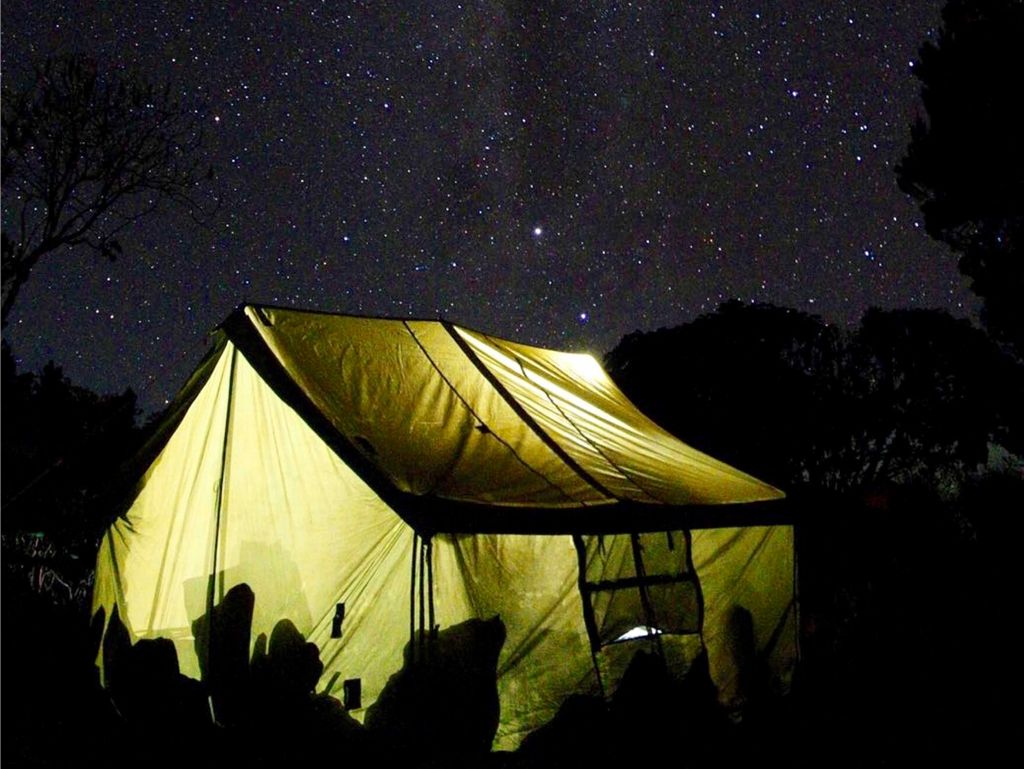
A major shift in sleep wellness – technology to help us restore balance
With all of this discovery, the next shift in sleep wellness will not be another tracker, bed, or pill. It will instead be a focus on circadian health that will impact not only sleep but also our overall wellness. This will involve two key components: timing and light.
Timing will be about how we measure and behaviours we develop while lighting will refer to the natural and technological means we use to help our body get back in rhythm. Since it is technology that got us into this state of sleep disorder, it is fitting that technology may help us restore balance. Technology will both help us with the timing and the use of lighting.
An app for tracking our rhythms
Timeshifter, an app developed initially to help deal with the impact of jet lag, can help users get into a proper rhythm and stay there. For airline travel, one of the biggest disruptors of sleep patterns, users can input information on typical sleep patterns, use of sleep and waking aids like melatonin or caffeine, and their itinerary.
The app will develop a step by step schedule to make necessary adjustments. Users will be told when to expose themselves to bright light, avoid light, consume caffeine or take melatonin, and even when to sleep.
This same technology could help patients prepare for and recover from surgery, another major disruptor of sleep patterns. It can also help people find a sleep rhythm that works for their bodies and schedules and get help maintaining those patterns.
Circadian rhythm sleep: The impact of light
With a better understanding of our circadian rhythms and the most beneficial light exposure patterns, we can begin to rely on lighting technology to help us achieve the best possible sleep.
The latest Bluetooth enabled LED tunable lights can automatically adjust to provide the proper colour temperature to match the time of day, mimicking sun exposure even for those who may be stuck inside for most of the day. More advanced systems will be able to mimic the sun’s arc, replicating a sunrise to sunset experience inside.
What is the role of business in health & wellness?
With the billions of dollars being spent on sleep strategies that don’t work, businesses are already looking into circadian science to see how they can best serve their customers.
Airlines, hotels, resorts, spas, and other industries are investigating and experimenting with solutions that offer more than comfort. Integrating circadian sleep cycle insights can provide an excellent service and an attractive selling proposition to potential customers and clients.
And it is about more than schedules and lights. Nutritionists are beginning to recommend a circadian rhythm diet – eating and fasting at the right time to keep our bodies in rhythm. There are even those furthering research into thermal wellness as a contributor to healthy patterns.
From helping people deal with jet-lag to offering complete solutions to help people get a good night’s sleep regularly, businesses that care for customers and clients will be continually exploring ways to be a part of this next wave of sleep health.
Written by Leneila Lynne
